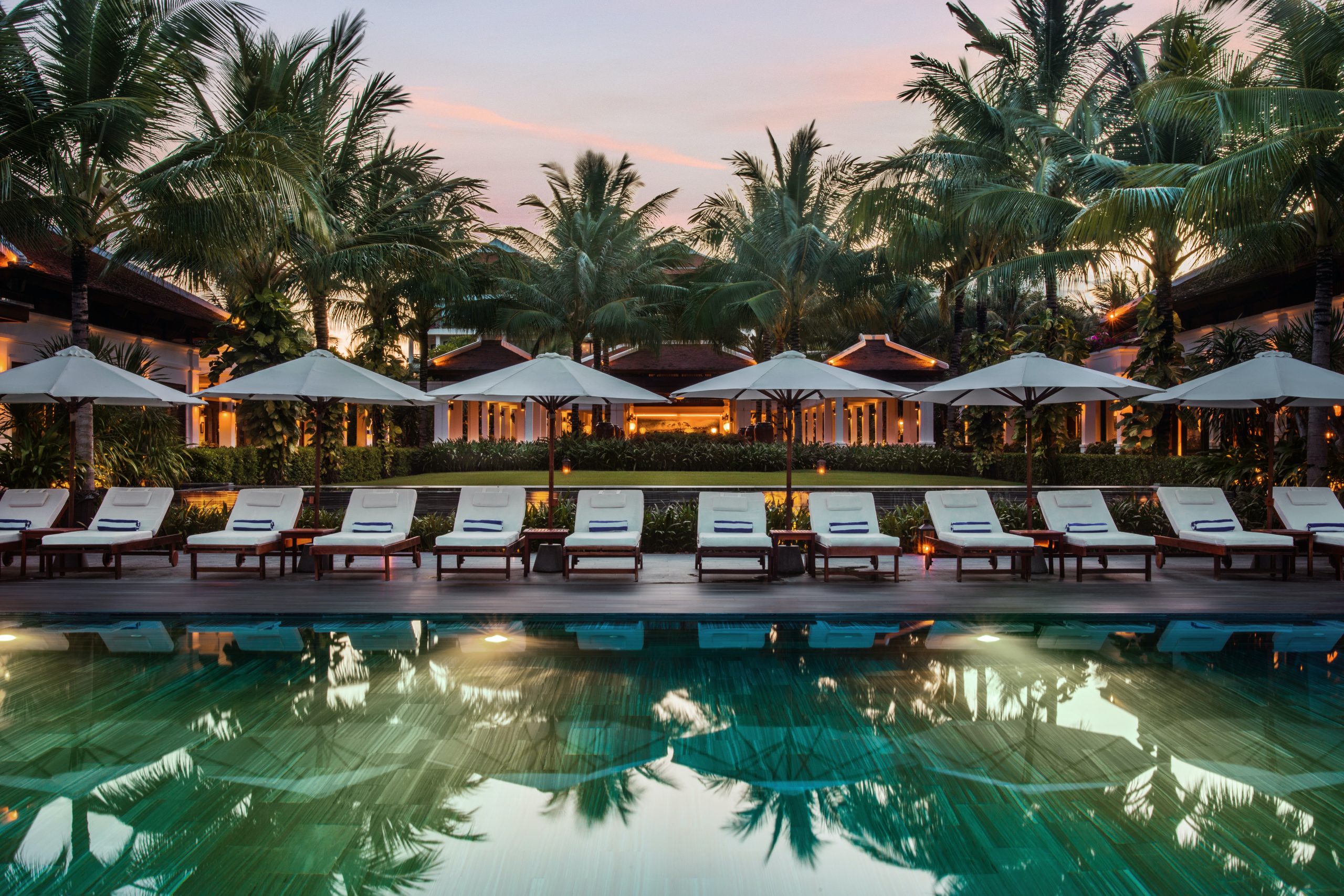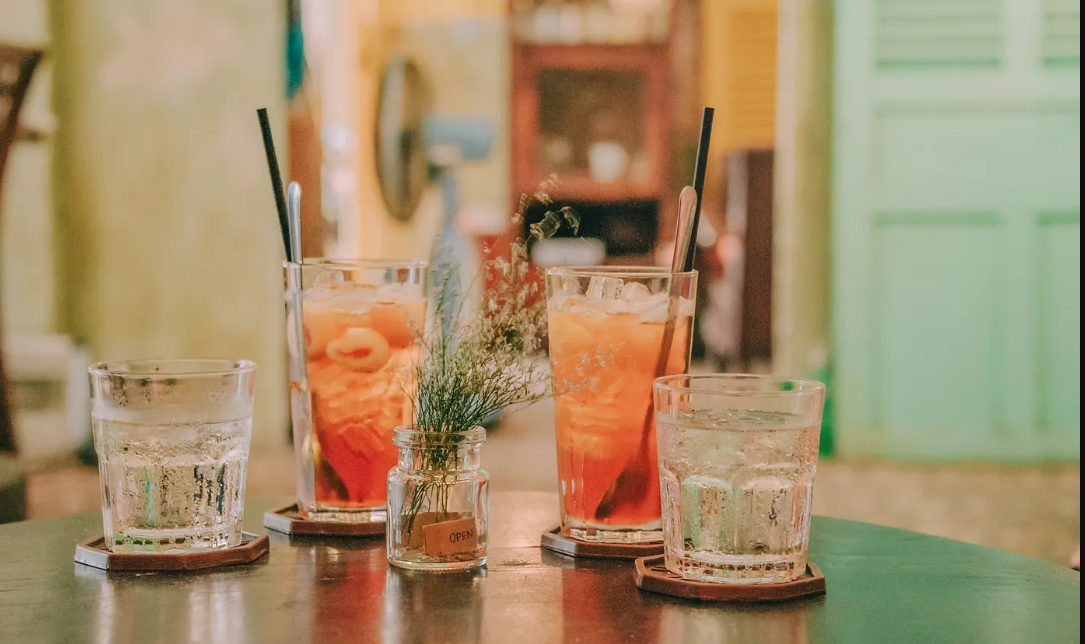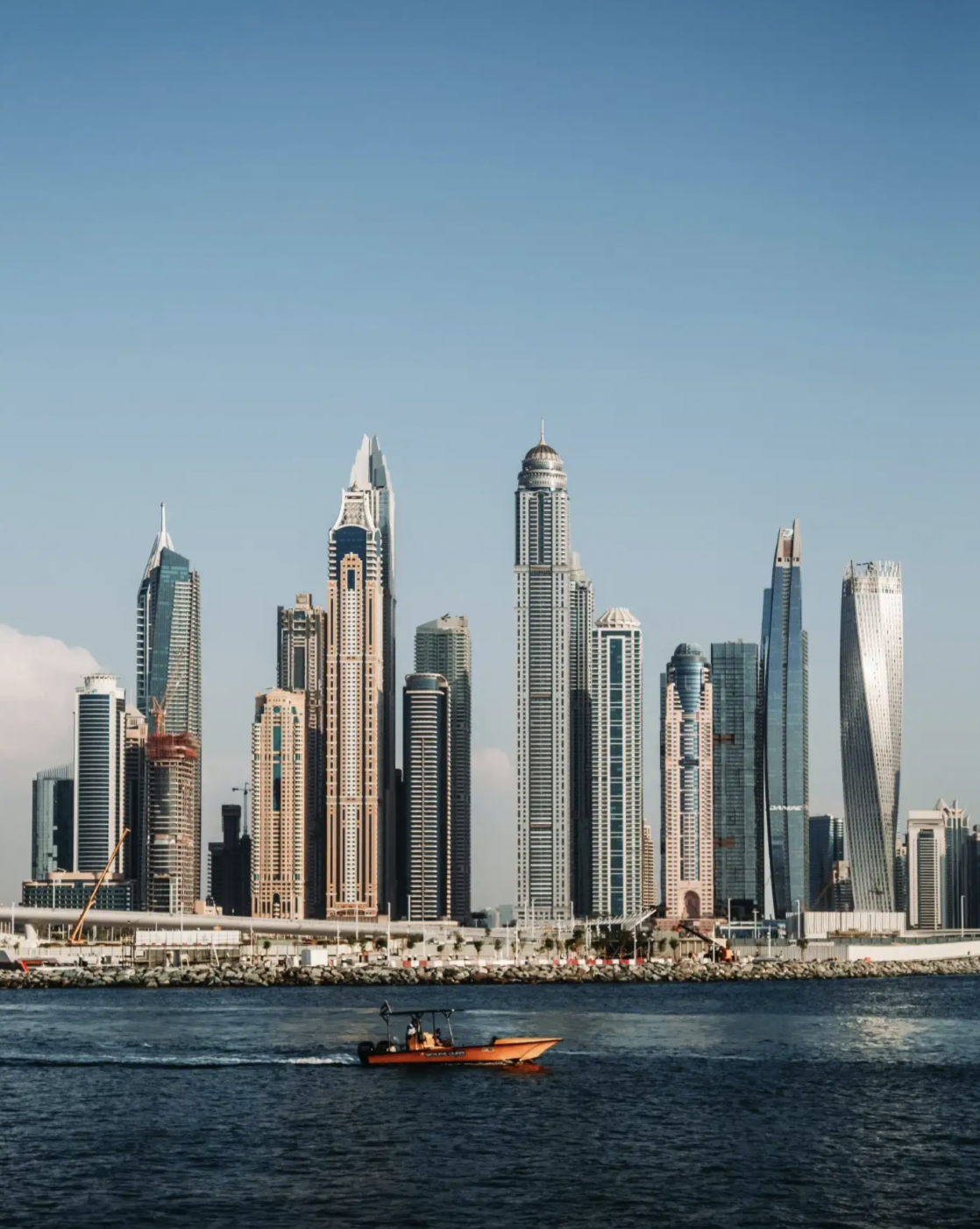Initiatives in sustainable entrepreneurship
In a world that is increasingly aware of the environmental and social challenges we face, sustainable entrepreneurship has taken on an indisputable role. As awareness of climate change and the economic and social inequality we face grows, entrepreneurs of all stripes are working hard to create innovative solutions to address these issues. In this article, we'll explore some current initiatives in sustainable entrepreneurship, highlighting recent projects that are making a positive impact and paving the way for a prosperous and sustainable future. • The Ocean Cleanup: It is one of the most inspiring initiatives in the field of sustainable entrepreneurship. Led by Boyan Slat, this project has set itself the bold goal of removing plastic debris from the oceans through innovative technology such as floating booms and buoys, through a system that effectively captures and removes plastic debris. in our seas. • Ecoalf: This Spanish company is a clear example of how sustainability can transform the fashion industry. Ecoalf is dedicated to the manufacture of fashion products using recycled materials, such as plastic bottles and fishing nets. Its approach is based on the circular economy, where products are designed to be recyclable and durable. • Sistema B: It is an organization that aims to
How to promote the orange economy in communities
Have you ever wondered how to promote creativity and entrepreneurship in a sector that can transform the reality of a region? The answer lies in the fascinating and promising orange economy, a concept that is revolutionizing the way we see and approach economic and social development. But what exactly is the orange economy or creative economy? It is the set of economic activities based on creativity, culture and knowledge. Creativity and entrepreneurship are fundamental pillars of the orange economy and play a vital role in the development of communities. This time, I would like to present some examples of innovative projects so that you can be inspired, harness talent and transform it into a source of economic, social and cultural development. Pietà Project (Peru): It is a high-quality ecological urban clothing project, which is made by men and women from prisons in Lima. Prisoners who are part of this project can receive a reduction in their sentence and a percentage for the sales of the brand. Trash to Art (Brazil): This project transforms recyclable materials into works of art and unique products. Citizens collect and recycle materials such as plastic, glass, and paper to create sculptures, jewelry, and other art objects that are later
How are investors currently diversifying?
One of the most recurring principles in investment is the relevance of diversification. In essence, it is about following the classic strategy of not concentrating all the resources in one place. In financial terms, diversification implies investing in a variety of assets, which means investing in different options to spread investment risk among various industries, companies, countries, among others. In the investment world, diversification has always been a key method of minimizing risk and maximizing profit. But how do they do it? One of the ways that investors are diversifying is through investing in exchange-traded funds (ETFs). ETFs are similar to mutual funds, but they trade on the exchange like stocks, which means that investors can buy and sell parts of a diversified basket of assets throughout the day. ETFs offer a wide range of investment options, from stocks and bonds to commodities and currencies, allowing investors to build diversified and customized portfolios. Another way is through investing in real estate. This mutual fund is a popular form of diversification because it offers a steady stream of income and long-term capital appreciation. Investors can invest in real estate directly, through property purchases, or indirectly, through real estate investment funds. Also, they allocate their assets
Risks of investing in adults-only hotels
Adults-only hotels have become more popular in recent years, especially in beach resort destinations and places with high demand for nightlife. These hotels are usually designed to offer a unique and exclusive experience for adults, with features that include swimming pools, bars, nightclubs and a wide range of activities for this specific audience. However, as with any financial investment, there are certain risks associated with investing in these types of hotels. One of the main ones is the volatility of the tourism market, which can be especially unpredictable in times of economic crisis or natural disasters. In addition, these hotels may also be subject to changes in government regulations that could affect their ability to operate or generate revenue. Another factor to take into account is the increase in competition. As more adults-only hotels enter the market, it may become more difficult for any individual property to stand out and attract enough guests to maintain profitability. Additionally, these hotels can be very expensive to operate and maintain, which can further increase costs and reduce return on investment. Finally, there is an inherent vulnerability in any investment in the hospitality sector, as economic conditions, consumer tastes and preferences can change rapidly. Even the most
Healthy and personalized food: the bet of investors in the gastronomic sector
The food industry is changing, and with it, the way we eat. Restaurants for people with dietary restrictions are becoming increasingly popular, and not only among those with allergies or intolerances, but also among those seeking healthy and personalized options. But who is behind this trend? And who are the investors who are betting on these specialized restaurants? According to a Forbes article, the people who are investing in restaurants for people with dietary restrictions are, for the most part, entrepreneurs or businessmen who have experienced first-hand the lack of options in the market, and who have seen the opportunity to invest. in this type of restaurant thanks to the growing demand for healthy food, adjusted to the needs of each person. In this sense, many of these entrepreneurs choose to invest in franchises that focus on providing solutions of this type. One of them is B.Good, which has more than 70 locations around the world and specializes in providing food that meets the dietary needs of the population. Another example is Freshii, a restaurant chain that offers customized, vegan and gluten-free menu options. It should be noted that independent restaurants are also experiencing great success concerning this issue. For example, in the United
Entrepreneurs who innovate with sargassum: a solution to climate change
Surely you are not the only one who has wondered what sargassum is, what causes it and how hotels and establishments fight against this plague that destroys the attractiveness of their beaches. On this occasion, I will talk to you precisely about it. Sargassum is a type of seaweed that floats on the surface of the oceans and is affecting the hotel industry and coastal ecosystems in Latin America and the Caribbean. According to Alejandro Olivera, representative of the Center for Biological Diversity of Mexico, the main causes of their proliferation are climate change and ocean pollution, which have increased the levels of nutrients and the temperature of ocean water, and have caused changes in the direction of the marine currents that carry the sargassum to the coasts. Despite the problems it causes, some companies and individuals are developing sustainable solutions to combat the presence of sargassum. For example, in Jamaica, a group of young entrepreneurs created the company Awganic Inputs to use sargassum for animal feed, while in Mexico, a group of students developed the "ËcoArte con Sargasso'' project to recycle sargassum and create biodegradable products. , such as ecological pots. These initiatives not only help combat the sargassum problem, but also
A budding market: Cannabis drinks hit a high
Anyone who thought the legal cannabis boom would bust should think again. While admittedly the industry isn’t growing like weeds as it once was, it’s still on the rise. Despite differing laws throughout the world (and in the case of the United States, throughout the country), global legal marijuana sales are expected to hit $55 billion by 2026. That will be up from just $30 billion in 2021. This should be no surprise if you’ve been following legalization news. Last year, Maryland and Missouri residents voted to legalize the plant, bringing the tally of states that allow recreational use up to 21. Across the Atlantic, Germany is working on becoming one of the few European countries to make personal, recreational marijuana legal. So, what’s next for an industry still trying to find its way while catering to a growing number of customers? If the latest trend is any indication–it’s beverages. Many beverage industry players seem to have their eye on cannabis-infused drinks. Last year, the market share of these beverages jumped around 40 percent and new brands are popping up everywhere. Take Boston Beer Company, known for its Samuel Adams Boston Lager, Twisted Tea, and Angry Orchard products. Last year, the beverage giant released their
Top 5 Entrepreneurship Trends in 2023
The digital age has brought with it a universe of opportunities, technology and information have arrived to make it easier for us to create new projects and ideas. The reality is that the Covid-19 pandemic has marked a before and after in terms of business management, giving space to digital transformation and business innovations. Predictions tell us that 2023 will be an excellent year to undertake and invest in those ideas that constantly bounce around in our minds, so if you are one of the people who knows how to identify the opportunities that technology and interconnectivity offer us, this article is for you. Web 3.0 business. The technology hidden in web 3.0 is based on a blockchain system that allows new ideas and business models, democratizing the ability to create value companies and offering services such as financial solutions without the need to have other intermediary companies. For example, web 3.0 will enable transactions between users or companies worldwide without having to go through a waiting process and pay bank fees. App design. Application designers are experiencing a high demand within the market, causing large companies such as Google or Amazon to lose strength in the search for products on the Internet. IOT. Also
A new kind of business class is taking off.
The airline industry has undoubtedly had a turbulent last couple of years–from restricted travel, financial troubles, and new safety guidelines. Now we are finally returning to the open skies, but with some unexpected trends that rose out of the pandemic. Namely, a revamped business class. The luxury leisure flier Not too long ago, it wasn’t unusual to see a business class exclusively filled with–well, business travelers. Now, thanks to savings and credit card points racked up during the pandemic, it’s not surprising to see today’s business class passengers headed on a family trip. Dubbed “luxury leisure” customers, these travelers are now paying top dollar to reach their vacation destinations. Especially in the United States, where the average price for a domestic business class ticket was $1,447 this year–a drop from 2019’s average of $1,708. A new premium experience Naturally, airlines are offering more high-end options in response to the growing number of luxury leisure travelers. Delta Airlines, where premium products outperformed main cabinet products earlier this year, recently updated their Delta Premium Select cabin. Now, passengers are treated to destination-inspired menu items, Someone Somewhere amenity kits, noise-cancellation headphones, and more. American Airlines plans to unveil their new premium Flagship Suite in 2024. Customers can look forward
The Middle East: A growing luxury travel destination.
Last year, the size of the luxury tourism industry exceeded $17 billion in the United States. Despite setbacks from years of the pandemic, the market is still growing and on pace to be worth more than $82 billion by 2030. This huge growth is driven, in part, by big sporting events (think Super Bowl packages), baby boomers spending more money to travel with their loved ones, and millennials with disposable income. However, a large part of the industry’s success also comes from an increased demand for safari and other animal-watching experiences in the Middle East and North Africa (also known as the MENA region). While MENA’s outdoor activities are fueling the boom, the Middle East also has much more to offer both leisure and business travelers. From stunning architecture to world-class meals and five-star hotels, this region is becoming a hotspot in luxury travel–and the hospitality industry is taking notice. This year, several new luxury hotels have opened all across the Gulf countries. Now, travelers with their eyes on the Middle East have their pick of the newest high-end properties. Whether it’s the Ritz Carlton Amman (which happens to be the brand’s first hotel in Jordan), the Nobu Hotel Riyadh in Saudi Arabia,










